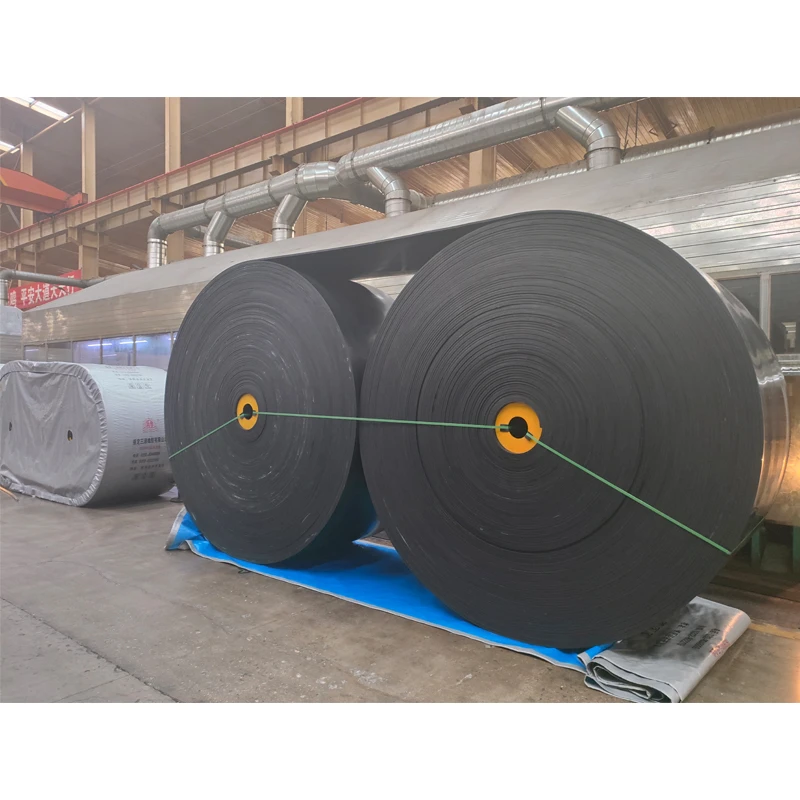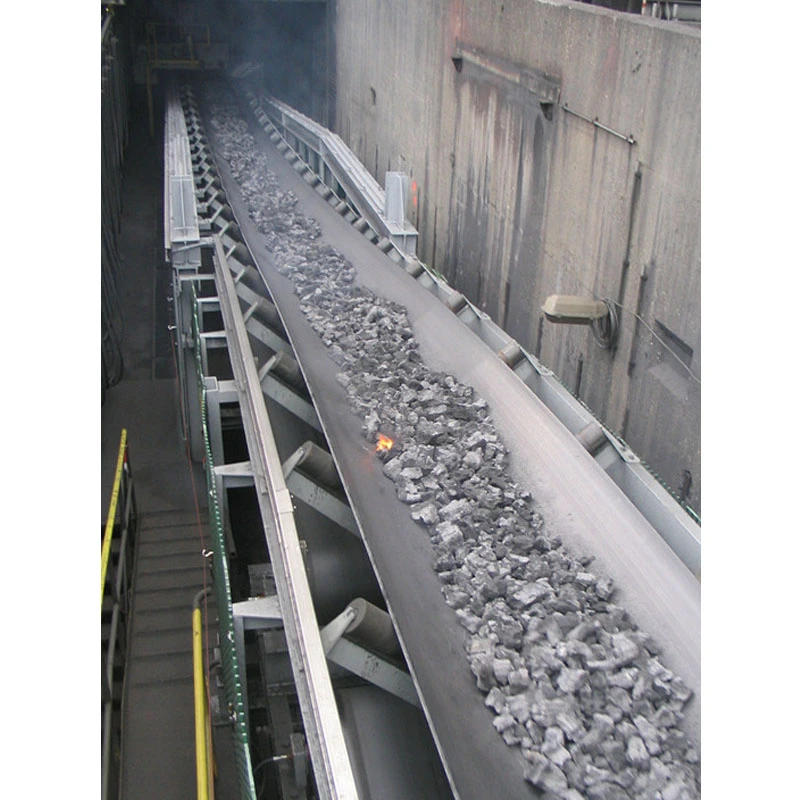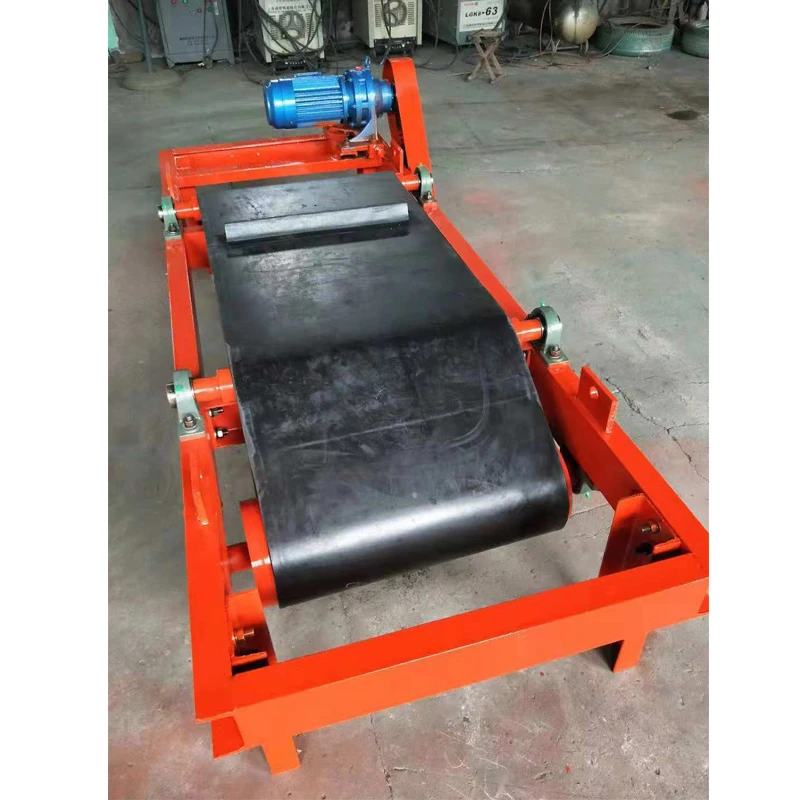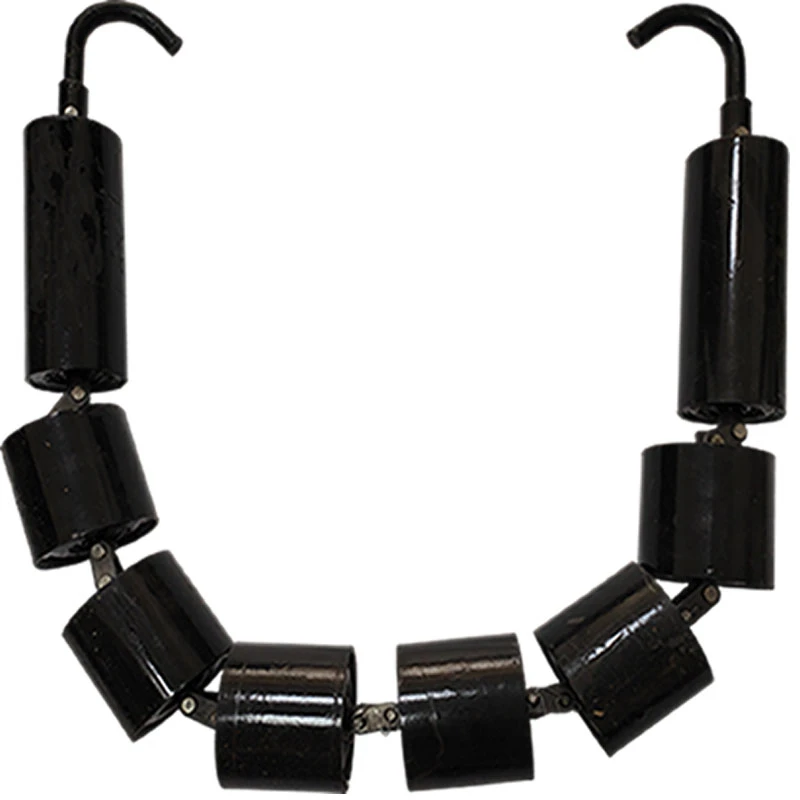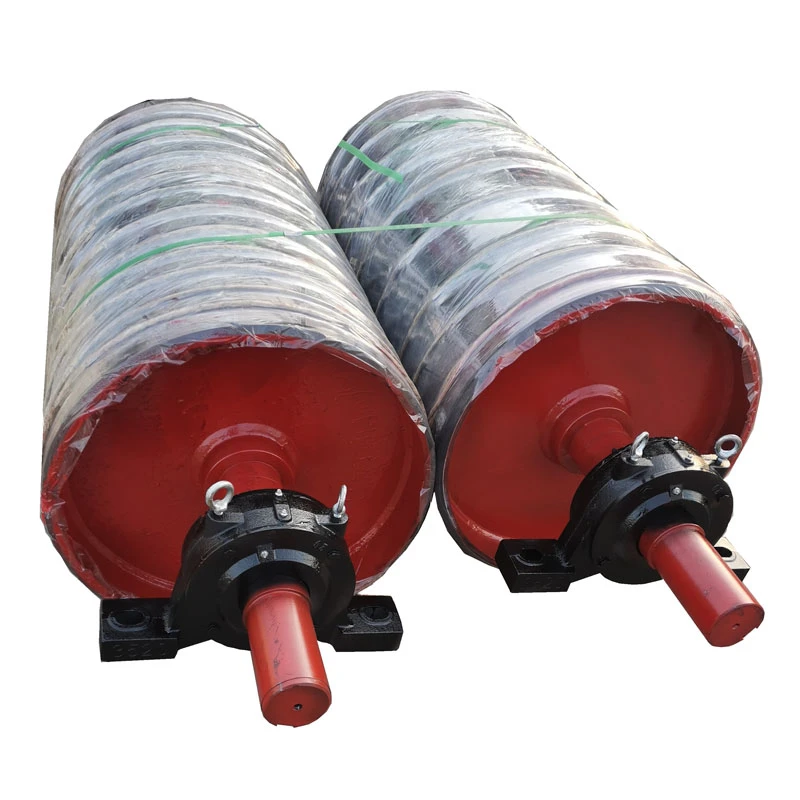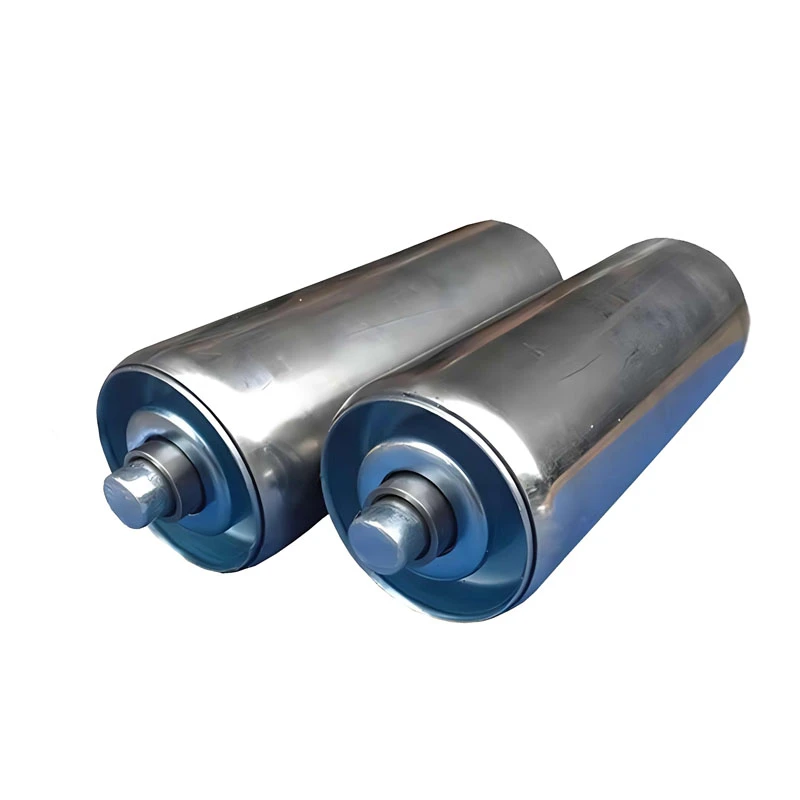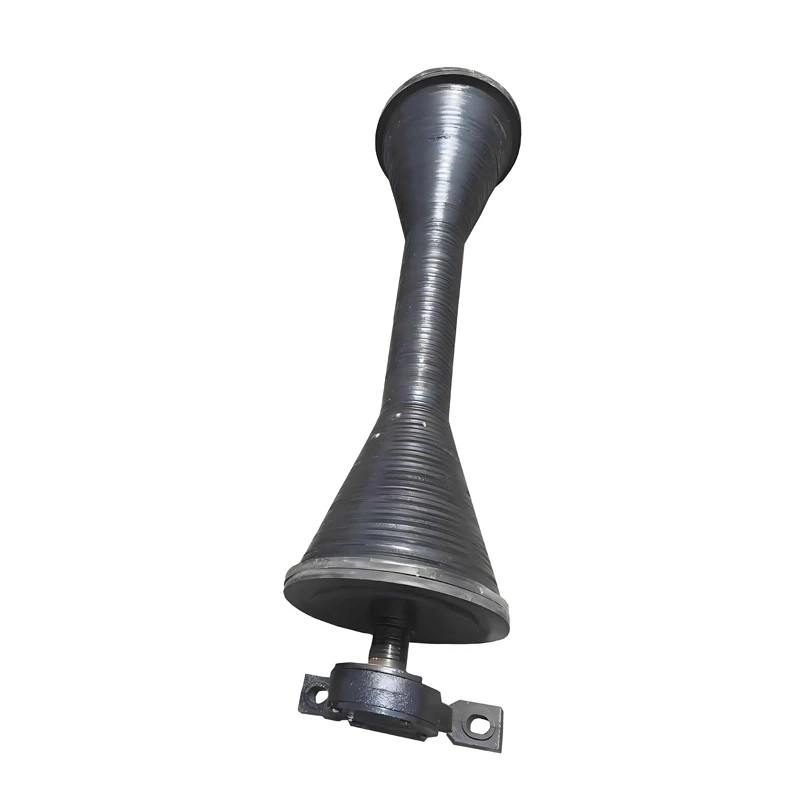In modern industrial settings, the conveyor drive is a critical component that powers the movement of materials and products across various stages of manufacturing and distribution. Without an efficient conveyor drive, production lines would slow, efficiency would drop, and maintenance costs would surge.
The conveyor drive functions as the heart of any conveyor system. It converts electrical power into mechanical motion, ensuring the belt or rollers move smoothly and reliably. Different types of conveyor drives, including direct drives, belt drives, chain drives, and gear drives, offer varying advantages depending on load requirements, speed, and operational environment.
Selecting the right conveyor drive impacts not only the performance but also the longevity of the entire conveyor system. An underpowered drive can cause belt slippage, premature wear, or breakdowns, while an oversized drive might lead to wasted energy and higher initial costs.
Integrating advanced controls with the conveyor drive, such as variable frequency drives (VFDs), can optimize speed control, reduce energy consumption, and improve system responsiveness. This ensures that production lines can adapt to changing demands dynamically.
When sourcing a conveyor drive, factors such as torque requirements, duty cycles, ambient conditions, and integration compatibility must be considered. Industrial automation today increasingly relies on drives that offer high reliability, easy maintenance, and smart diagnostics.
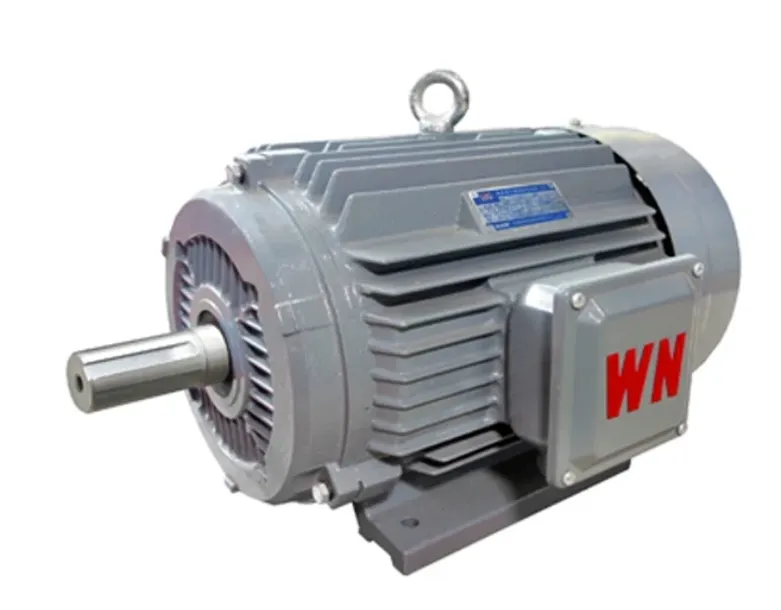
Optimizing Performance with Conveyor Motor and Gearbox Combinations
The synergy between the conveyor motor and gearbox is essential for delivering precise and reliable motion control in conveyor systems. The motor provides the rotational force, while the gearbox modifies torque and speed to match the specific conveyor application.
A well-matched conveyor motor and gearbox assembly guarantees smooth acceleration, accurate speed control, and the capacity to handle varying loads. Motors can be AC or DC, with brushless DC motors gaining popularity for their efficiency and low maintenance.
Gearboxes, available in helical, bevel, worm, or planetary designs, allow for significant speed reduction and torque multiplication. Selecting the correct gearbox with a suitable gear ratio is crucial to prevent mechanical stress and ensure the longevity of the conveyor system.
High-quality conveyor motor and gearbox units often come as integrated packages with sealed bearings, rugged housings, and lubricated gears to withstand harsh industrial environments. Modular designs make installation and replacement faster and reduce downtime.
Advancements in conveyor motor and gearbox technology now include smart condition monitoring. Sensors track vibration, temperature, and operational hours, enabling predictive maintenance and reducing unexpected failures.
Choosing the right conveyor motor and gearbox combo not only improves operational efficiency but also cuts energy costs and extends the life cycle of your conveyor system.
Industrial Products Conveyors and Drives: Meeting Diverse Industry Needs
The market for industrial products conveyors and drives spans many sectors, including mining, food processing, logistics, pharmaceuticals, and automotive manufacturing. Each industry demands tailored conveyor and drive solutions to meet unique operational challenges.
Industrial products conveyors and drives are designed to handle a wide range of materials, from delicate items requiring gentle handling to heavy bulk goods needing robust equipment. Specialized conveyor belts, motors, and drive systems ensure optimal performance in all environments.
Manufacturers of industrial products conveyors and drives focus on delivering scalable, energy-efficient, and reliable systems. Customization options include conveyor lengths, belt materials, motor power ratings, and control system integrations.
The durability of industrial products conveyors and drives is tested against factors such as corrosion, abrasion, temperature extremes, and contamination. For example, stainless steel conveyors with sealed motors and drives are common in food and pharmaceutical industries.
With the rise of Industry 4.0, many industrial products conveyors and drives now incorporate IoT sensors and automation capabilities. This digital transformation enables real-time monitoring, process optimization, and data-driven decision making.
Choosing the right supplier for industrial products conveyors and drives ensures your facility benefits from expert engineering, installation support, and after-sales service—vital for maintaining uninterrupted production.
Understanding the Components of a Conveyor Belt Drive System
A conveyor belt drive system is the combination of mechanical and electrical components that work in unison to move a conveyor belt continuously. Understanding the parts of a conveyor belt drive system helps in troubleshooting, maintenance, and upgrading to more efficient technologies.
The core components of a conveyor belt drive system include the drive pulley, conveyor motor and gearbox, belt, tensioning device, and control system. The drive pulley is mounted on the motor shaft and transmits power to the belt, moving it along the conveyor frame.
The conveyor motor and gearbox provide the necessary torque and speed adjustments, ensuring smooth belt movement under varying load conditions. Proper tensioning of the belt is critical to avoid slippage and excessive wear.
Control systems for a conveyor belt drive system often include starters, variable frequency drives, and safety interlocks to protect equipment and personnel. These systems allow precise speed regulation and integration with other factory automation equipment.
Materials and design choices within a conveyor belt drive system impact efficiency, energy consumption, and maintenance intervals. For instance, low-friction pulleys and energy-efficient motors contribute to reduced operational costs.
Regular inspection and preventive maintenance of the conveyor belt drive system ensure optimal performance, reduce downtime, and extend equipment lifespan. Monitoring vibration, temperature, and noise are common diagnostic practices.
By investing in a modern, well-designed conveyor belt drive system, industries can achieve higher throughput, reduce operational costs, and maintain a competitive edge in their markets.
Advancements in Conveyor Drive Technology for Future-Ready Systems
The field of conveyor technology is evolving rapidly with innovations in conveyor drive mechanisms and control systems. Next-generation conveyor drive solutions offer smarter, more energy-efficient, and more reliable operation tailored to Industry 4.0 demands.
Variable frequency drives (VFDs) integrated with conveyor motor and gearbox units allow precise speed control, enabling smooth start-stop operations and reducing mechanical stress. This results in less wear and longer service life.
Smart conveyor drive systems equipped with sensors and IoT connectivity provide real-time data on system health, energy consumption, and load profiles. This data supports predictive maintenance and process optimization, minimizing unplanned downtime.
Energy recovery systems are emerging, capturing braking energy from conveyors and feeding it back into the grid or other processes. Such innovations make conveyor drive technology more sustainable and cost-effective.
Modular and compact conveyor motor and gearbox designs facilitate easier integration, replacement, and scalability, helping plants adapt quickly to changing production needs.
In addition, advanced materials and manufacturing techniques improve the durability and efficiency of industrial products conveyors and drives. High-performance coatings, improved lubrication systems, and noise reduction features contribute to quieter and longer-lasting equipment.
Adopting these cutting-edge conveyor drive technologies future-proofs operations, enabling industries to meet higher productivity standards while reducing environmental impact.
conveyor drive FAQs
What is the function of a conveyor drive?
A conveyor drive provides the mechanical power needed to move the conveyor belt or rollers. It converts electrical energy into rotational motion, enabling the transport of materials along the conveyor system. The drive must be properly sized and configured to handle the load and speed requirements of the application.
How do conveyor motor and gearbox work together?
The conveyor motor and gearbox work in tandem where the motor generates rotational force, and the gearbox modifies this force by adjusting speed and torque to suit conveyor needs. The gearbox reduces the motor speed and increases torque, ensuring smooth and efficient belt movement under varying loads.
What industries use industrial products conveyors and drives?
Industrial products conveyors and drives are used in a wide range of industries including mining, food processing, packaging, pharmaceuticals, automotive manufacturing, and logistics. Each industry requires customized conveyor systems that meet specific handling, hygiene, and operational demands.
What are the key components of a conveyor belt drive system?
The main components of a conveyor belt drive system include the drive pulley, conveyor motor and gearbox, belt, tensioning device, and control system. Together, these parts ensure continuous, controlled movement of the conveyor belt to transport materials efficiently.
What are the latest advancements in conveyor drive technology?
Recent advancements include the use of variable frequency drives for precise speed control, IoT-enabled sensors for real-time condition monitoring, energy recovery systems for sustainability, and modular designs for easy scalability and maintenance. These innovations improve efficiency, reliability, and environmental impact of conveyor systems.

